Dehydrating and Pressure Canning for the October Mastery Challenge
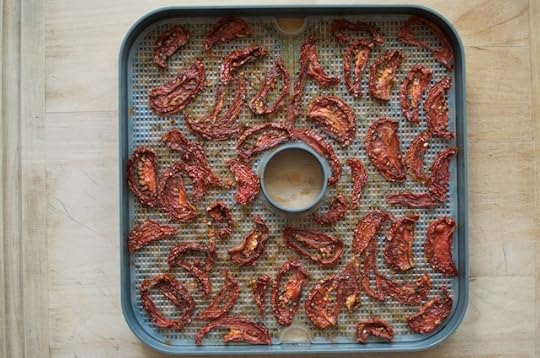
Happy October, folks! So sorry that it’s taken me a little bit to get this post up. I spent most of last week in Austin co-babysitting my nephews with my mom and I’m working on a new book, so my attention has been a bit splintered.
Like our challenge back in August, this month is two-pronged. We’re focusing on both drying/dehydrating and pressure canning. The reason for two topics this time around is that I didn’t want to have a whole month dedicated to something that required the purchase of a specialized piece of equipment.
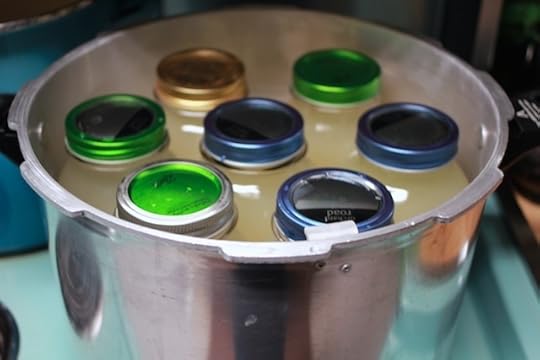
Entry level pressure canners aren’t that expensive (the 16 quart Presto that I use is currently $72 on Amazon), but it’s still a cost. The barrier to entry just needed to be lower. And while lots of people have dedicated dehydrators, drying food is something that be done just about anywhere, with nothing more than a length of string or a rubber band with which to tie and hang a bundle of herbs. So here we are, with two topics.
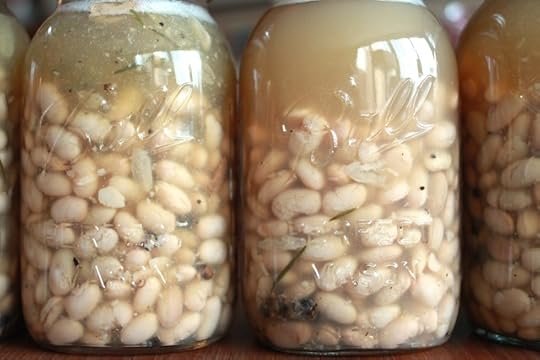
To participate this month, you can pick just one of the skills, or if you have access to a pressure canner, can be bold and do both. Finally, remember that the goal of this challenge is to help you expand your skills while creating something that you’ll actually use. So choose accordingly.
Drying/Dehydrating
This is one of the oldest food preservation approaches known to humans. Since the dawn of time, we’ve been drying fresh fruits, vegetables, herbs, and meats in order to make them last from one season to the next. In the past, we had nothing more than sun, wind, and smoke to effect drying. These days, we’ve added countertop dehydrators, microwave ovens, freeze dryers, and ovens with dedicated dehydrating settings to our toolbox.
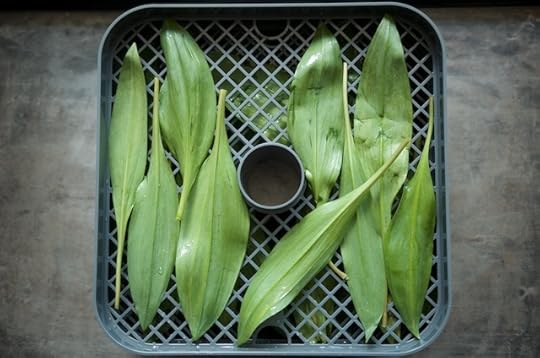
For the purposes of this month’s challenge, any homemade dried food will count. I do ask that if you opt for making jerky that you take care and use proper food handling techniques to prevent spoilage (Hank Shaw is always my first stop for jerky info).
I am partial to these marinated and dried tomatoes, these dehydrated tiny tomatoes, and these sprouted and dried almonds.
For ease of prep and use, nothing beats these air dried lemon peel slices.
Making fruit leather with a jar of applesauce spiked with some elderly jam is always a nice way to go, particularly if you have kids with a fruit leather habit (though having just spent a week with a very pick three-year-old, I could see him turning up his nose at fruit leather without a wrapper. Your mileage will vary on that front).
This weekend, hit the farmers market and buy a few bundles of herbs. Tie them with string and hang them upside down someplace where they can just be for a week or two. When they’re dry, rub them, tuck them into a jar, and label them for winter cooking.
There’s also a bunch of good information on drying food on the National Center for Home Food Preservation website, should you need more detail.
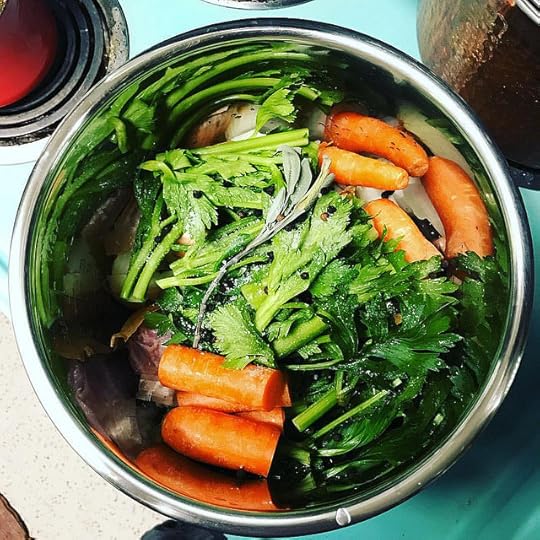
Pressure Canning
Whereas drying has an element of the loosy-goosy about it, there’s no messing around with pressure canning (though truly, there’s nothing to be afraid of). The reason some foods needs to be canned with the help of a pressure canner is that they are low in acid. Without an ample volume of acid, there’s nothing to check the germination ability of any botulism spores that might be present and you could potentially end up with a jar full of danger. For more the role of acid in canning, read this post.
And so, whenever we want to preserve things like unpickled vegetables, meats, stocks and broths, and beans, we call on a pressure canner. A well-vented pressure canner typically reaches 250F, which is enough to kill botulism spores. The amount of time different foods are processed in a pressure canner is typically calculated based on the volume of the jar and the density of the food.
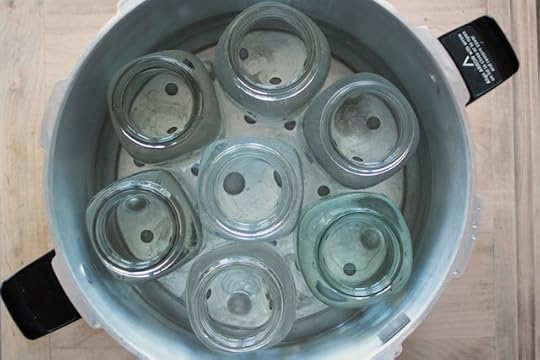
One thing to note is that when you start considering pressure canning, you will need to get your hands on a dedicated pressure canner. Consumer pressure cookers are not designed for pressure canning and cannot be used to preserve low acid foods. Additionally, no electric countertop pressure cooker has been approved for canning (no matter what the infomercials tell you).
For more detail on pressure canning, read the following posts:
How to can turkey stock
How to can ham stock (this documents my first pressure canning experience)
Pressure canning beans in Weck jars
Canning cubed pumpkin
Rosemary white bean soup starter
Related Posts:
September Mastery Challenge Round-up: Fruit Butters
Fruit Butter for the September Food in Jars Mastery Challenge
August Mastery Challenge Round-Up: LTP and Steam Canning



